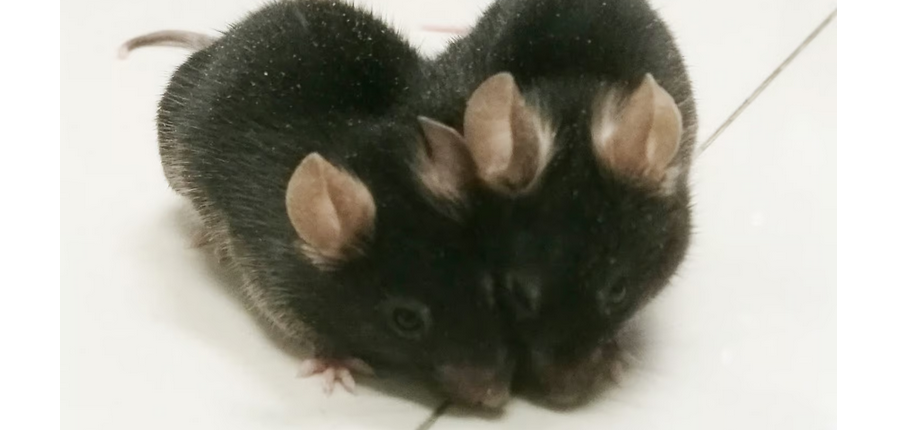Researchers have provided experimental proof of a pathway that controls aging, finding that quieting some mobile DNA sequences in roundworms led to a longer life. Not only does the discovery provide a greater understanding of how we age, but it also opens the door to potential applications in biology and medicine.
Transposable elements (TEs), also known as transposons or ‘jumping genes’, are sequences of DNA that move, or jump, from one location in the genome to another. These moves can sometimes create mutations in the new location, causing genomic instability that influences and even promotes the process of aging and age-related diseases.
For Just $83,140, Princeton Will Train Your Son to Be a Drag Queen!
Researchers from Eötvös Loránd University (ELTE) in Hungary, had, in 2015 and 2017, published studies theorizing about how a specific process, called the Piwi-piRNA pathway, contributed to aging by helping to control TEs. Now, in their latest study, they provide experimental proof of how the pathway works.
Continue here: New Atlas




































